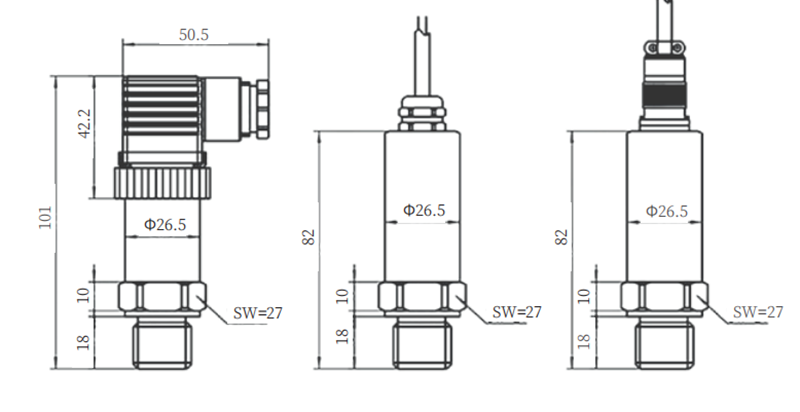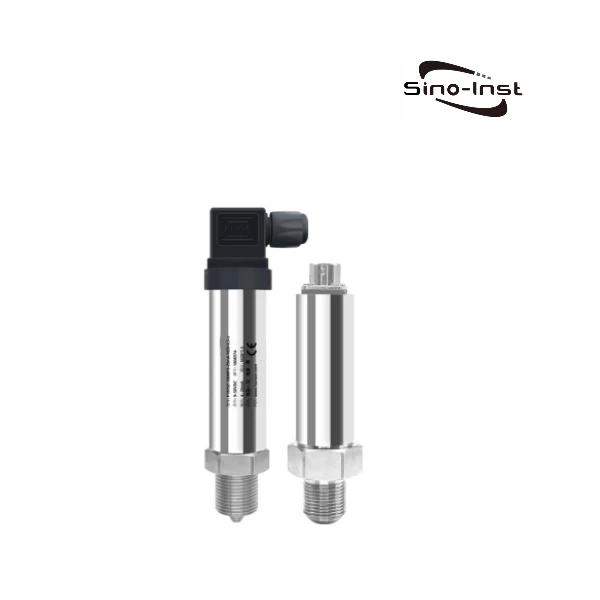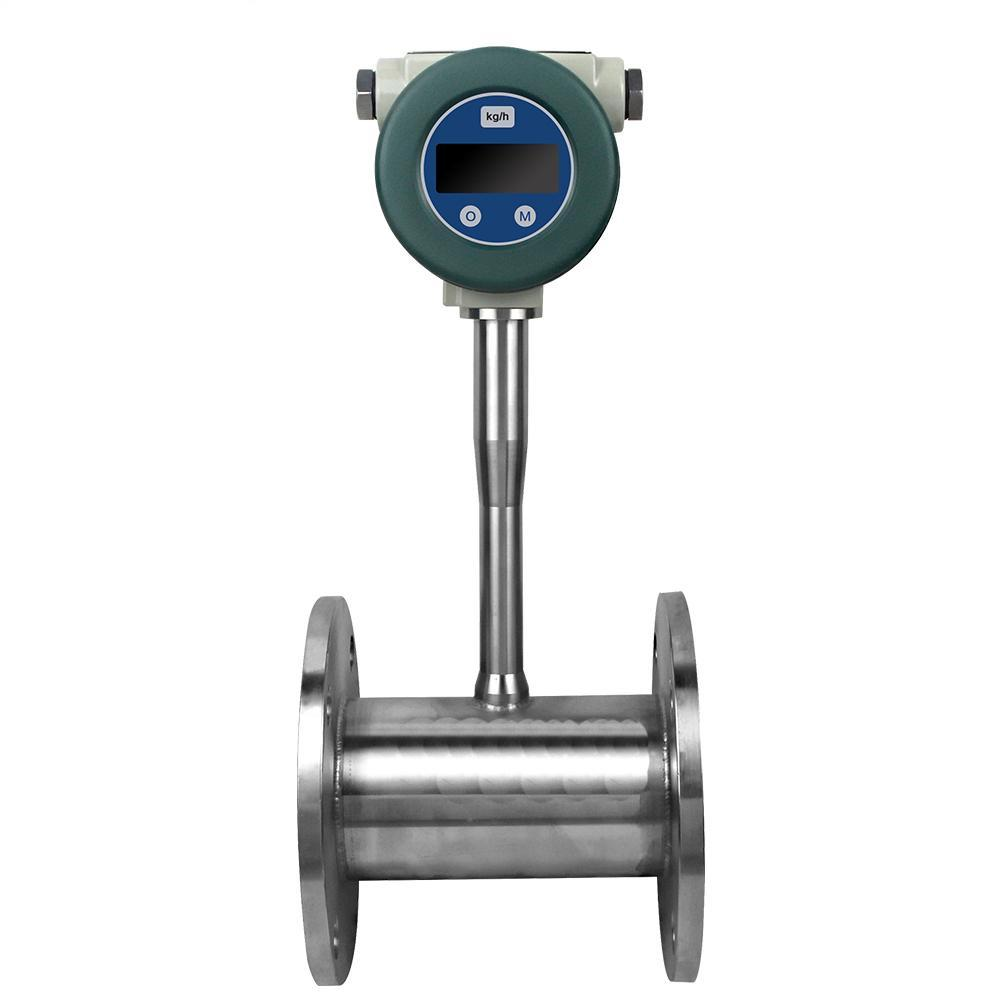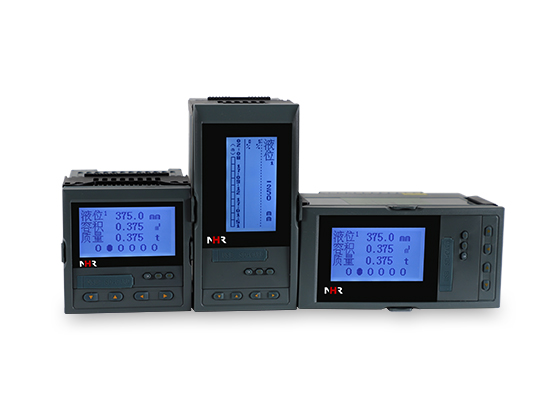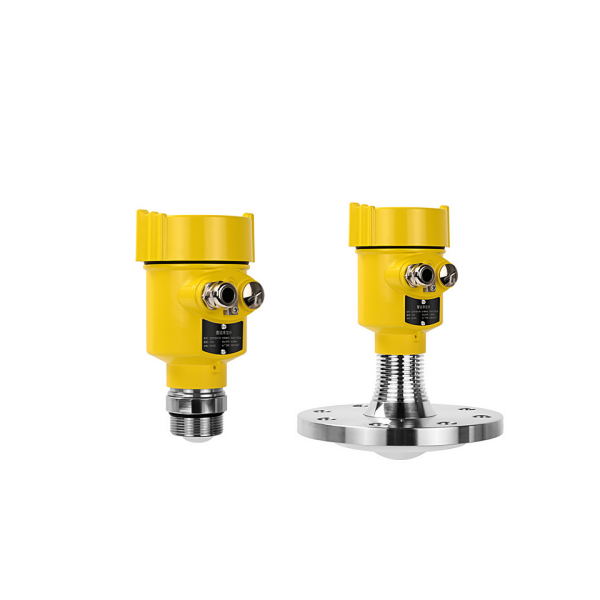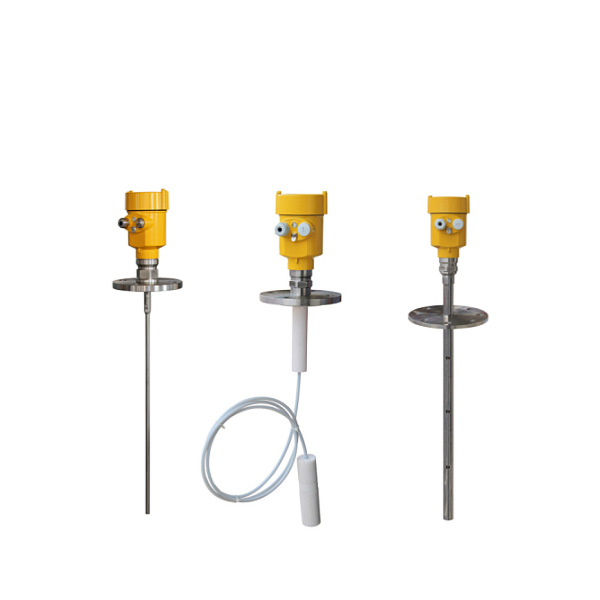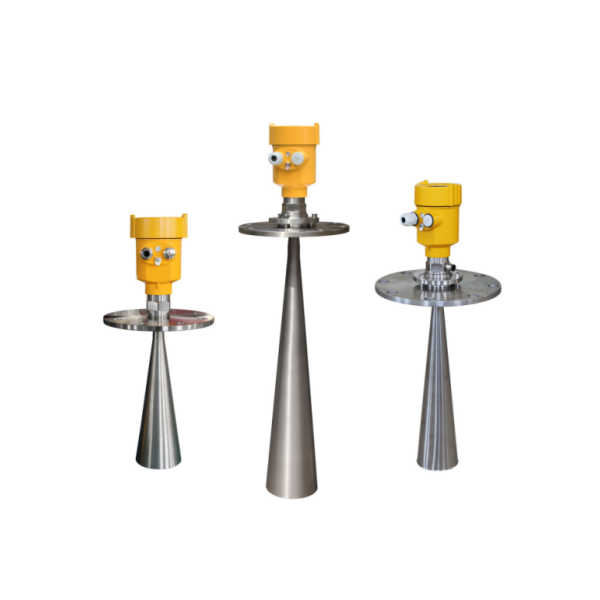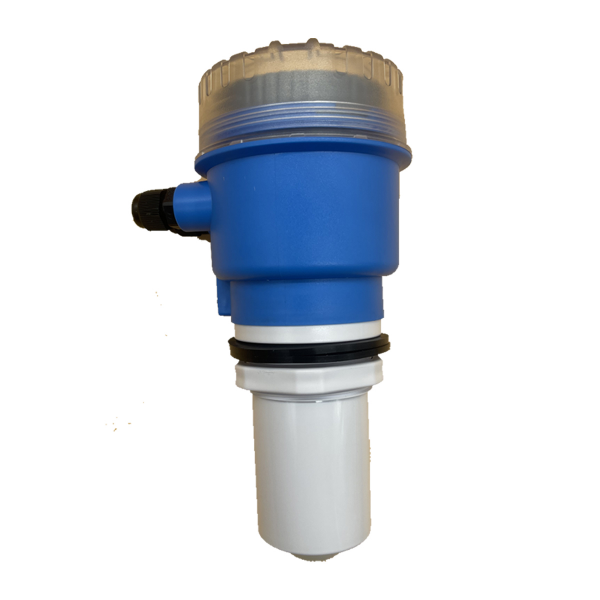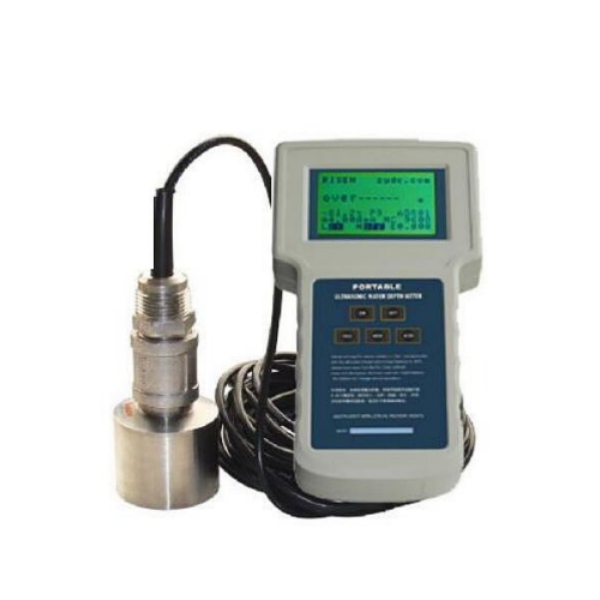Working principle of diffused silicon pressure transmitter
Diffused silicon pressure transmitters are based on diffused silicon pressure sensing technology. It is mainly composed of a diffused silicon pressure sensor, a signal amplifier circuit, a feedback circuit, a linearization circuit, a temperature compensation circuit and a filling terminal.
Using the principle of piezoresistive effect, integrated process technology is used to make strain resistors through doping and diffusion along the characteristic crystal direction on the single crystal silicon wafer to form a Wheatstone bridge. By utilizing the elastic mechanical properties of silicon material and performing anisotropic micromachining on the same silicon-cut material, a diffused silicon sensor that integrates force sensitivity and force-to-electric conversion detection is produced.
The pressure of the diffused silicon pressure sensor acts directly on the sensor’s diaphragm (stainless steel or ceramic), causing the diaphragm to produce micro-displacements proportional to the medium pressure. The sensor’s resistance changes, and electronic circuitry detects this change. And convert and output a standard measurement signal corresponding to this pressure.
What are the 4 types of pressure transmitter?
- Gauge pressure pressure transmitter: A gauge pressure pressure transmitter is a pressure transmitter that uses the local atmospheric pressure as the reference zero point.
- Absolute pressure transmitter: The absolute pressure transmitter is a pressure transmitter with vacuum as the reference zero point. During use, the sensor’s reference zero point can be automatically adjusted as the location changes without correction. The appearance is the same as that of a gauge pressure transmitter.
- Differential pressure transmitter: A differential pressure transmitter is a pressure transmitter that measures the pressure difference between two pressure chambers. The differential pressure transmitter has two pressure chambers, “+” and “-“. Two pressures are respectively accepted as comparison values, and the end with the larger pressure is usually used as the “+” pressure chamber.
- Submersible Hydrostatic pressure sensors: Hydrostatic pressure sensors work on the principle that the pressure value increases with depth. These devices are submersible and can be used with liquids and gases.

